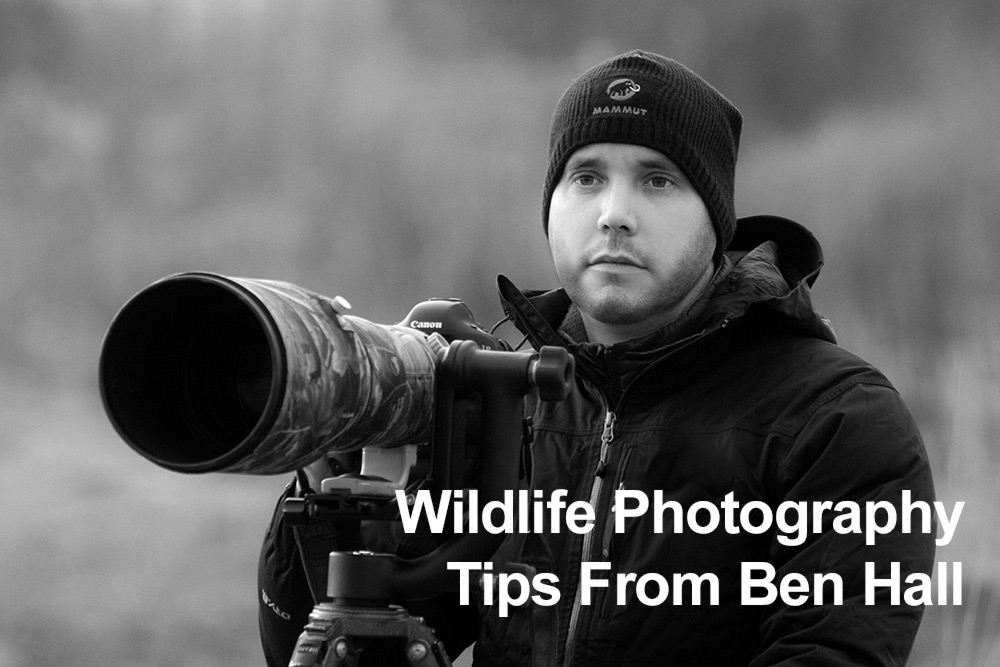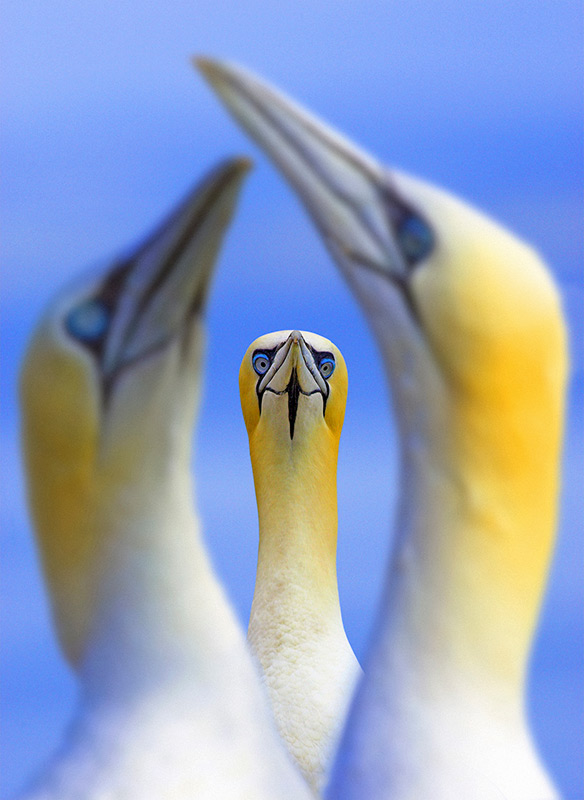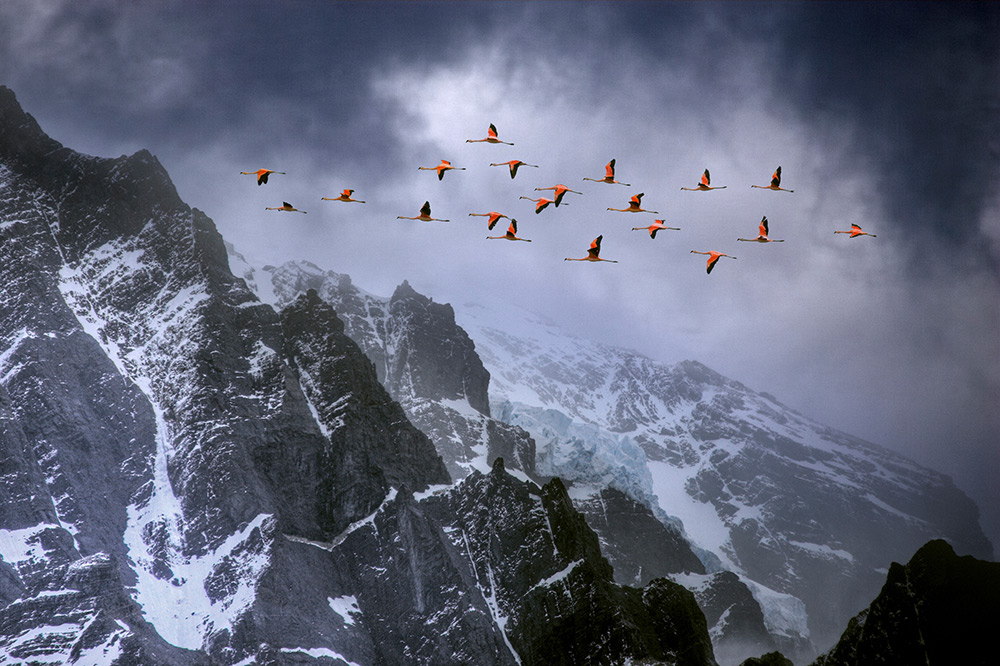- Call us: 01444 237070
- Contact Us
- Stores
- Sign In / Register
-
- Back
- Used Cameras
- Used Accessories
- Used Lenses
- Used Video
- Used Film Equipment
- Used Stock Alert
- Used Blank Test
- Sell or Part Exchange
- Used Clearance
- Recently Added Used Equipment
- Park Picks
- All Used Black Friday Deals
- Faulty
- Trade-In
- Blog
- New in
- Call us
- Contact us
- Stores
- Sign in
- Categories
- Tips & Inspiration
- Reviews
- News
- Events
- Features
- Buying Guides
- Competitions
Wildlife Photography Tips from Ben Hall
Ben Hall is one of the UK’s foremost professional wildlife photographers and has gathered multiple international awards during his career. He shoots with a Canon DSLR camera, which he uses in order to capture stunning wildlife images from across the world. Discover practical wildlife photography tips from Ben Hall, which will help you to improve your own wildlife photos, as well as tips about the Canon equipment he uses.

Ben’s work is sold world-wide and he has authored two wildlife photography books as well as leading workshops in the UK and further afield. He lives with his family on the edge of the beautiful Peak District National Park.
Ben Hall’s wildlife photography tips
- Study your subjects – Learning about the habits and behaviour of your intended subject is vital for successful wildlife photography. Read as much information as you can about the feeding habits, breeding cycle, typical habitat and behaviour of the wildlife that you plan on photographing. This knowledge will pay dividends when you are out in the field.
- Keep it local – Rather than travelling far afield, concentrating on local areas can be far more beneficial. Stick to places that you can visit time and time again, this way you will build up valuable knowledge, not only of your subjects but also of the location itself. You should pay careful attention to the light and how it changes throughout the day, and from season to season.
- Shoot at eye level – Shooting at eye level is one of the golden rules of wildlife photography, and for good reason. Getting level with your subject immediately creates a more intimate shot. When shooting subjects at ground level with a wide aperture, getting down as low as possible will help you to blur the background and foreground, eliminating distractions and creating the perception of depth.
- Watch your shutter speed – In order to capture a pin sharp image, your shutter speed must be fast enough to eliminate any camera or subject movement. Keep a close eye on your shutter speed and if the light level drops, raise the ISO setting to keep your shutter speed from dropping.
- The decisive moment – Images that depict behaviour, or perhaps the fleeting moment that magical light hits your subject can make the difference between an ordinary and an extraordinary image. Observe your subjects at all times and be ready to fire at a moments notice. Keep your camera set to high speed drive to enable you to fire a sequence of images, increasing your chance of capturing that special moment.
Wildlife photo sample images
Ben writes about how he captured some of his wildlife shots here, with a combination of technical and inspirational tips.
Jaguar stalking prey photograph – Taken on a Canon EOS-1D X Mark II with a Canon EF 100-400mm f/4.5-5.6L IS II USM lens at 365 mm, 1/500sec, f/8 and ISO400. © Ben Hall

“I took this image whilst leading a workshop in the Pantanal, Brazil. During the trip we were lucky enough to witness a jaguar stalking a capybara along the river bank. The light was strong and as the jaguar passed through an area of dense foliage, I dialled in -3 stops of exposure compensation on my Canon 1DX Mk ii. This eliminated distractions and exposed only for the dappled light, letting the darker parts of the image fall into shadow adding drama and highlighting the intense look in the jaguar’s eyes”.
Gannet trio – Taken on an EOS-1D X Mark II with a Canon EF 500mm f/4L IS USM lens at 500mm, 1/640 sec, f/9 and ISO160. © Ben Hall

During peak season, Bass rock in Scotland becomes home to over 150,000 gannets. It can easily become overwhelming when faced with so many potential subjects, so I decided to concentrate my efforts on one group of birds, paying careful attention to their movements and behaviour. I had visualised this image in my head, and waiting for over 4 hours to get the shot. I dialled in a wide aperture in order to throw the foreground birds out of focus to create a soft frame, and waited for the bird in the background to look my way. Eventually, it all came together in the briefest of moments.
Chilean flamingos in flight over the Andes – Taken on a Canon EOS-1D X Mark II with a Canon EF 100-400mm f/4.5-5.6L IS II USM lens at 290 mm, 1/500 sec, f/11 and ISO640. © Ben Hall

During a trip to Patagonia I was exploring Torres Del Paine National Park in Chile searching for puma when I came across a group of Chilean flamingos feeding on a shallow lake. After stalking the birds, part of the group took off without warning. Luckily, my Canon 100-400mm lens was attached to my second body, so I grabbed it and panned with the birds, firing a sequence of shots as they flew past the jagged granite peaks and distant glacier. I had dialled in a smaller aperture than usual in order to maximise depth of field and capture plenty of detail in the landscape. This was my favourite image of the trip. For me, it tells a story and shows the relationship between the birds and the stunning yet inhospitable landscape in which they live.
Take perfect wildlife photos with the Canon EOS-1D X Mark II
Ben has used Canon gear for his entire career and he currently uses Canon EOS-1D X Mark II with EF 500mm f/4L IS USM Lens, an EF 70-200mm f/2.8L IS III USM Lens, a EF 100-400mm f/4.5-5.6L IS II USM Lens and the EF 16-35mm f/2.8L III USM Lens.
“I am so impressed with the outperform EOS-1D X Mark II’s advanced autofocus system to capture fleeting moments. It has been incredibly reliable, even in the most extreme environments” When it comes to lenses, it pays to choose wisely. Ben’s most used lenses is the trusty EF 500mm f/4L IS USM Lens, which he uses it for intimate portrait and behavioural images. For environmental images that show the subject in context, he uses the EF 100-400mm f/4.5-5.6L IS II USM Lens which gives him powerful zoom range that enables great versatility.
“Unpredictable animals that move quickly, infrequently and erratically can be some of the most challenging subjects to photograph.” Find more of Ben’s wildlife photography at his website, with prints and workshop information.
Share this post:
By Park Cameras on 27/03/2023

Trade in your old equipment
Fast and easy trade in service ensures your old gear is collected efficiently and you are paid quickly! It's very simple to trade in your unwanted photography gear. Just head over to our dedicated Sell or Part Exchange page, fill out the details, and we'll get back to you with an offer for your old gear. Take the cash, or put it towards the cost of your new gear. It's up to you! Find out more
sign up to the newsletter
Keep up to date on the latest photography news, events and offers. Sign up now
